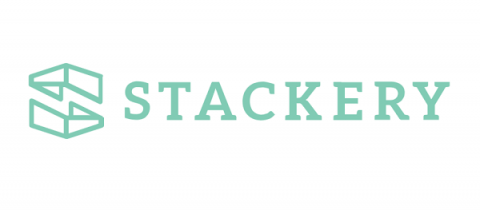Operations | Monitoring | ITSM | DevOps | Cloud
May 2019
How do we set up a proper serverless development workflow?
If you’ve built a serverless application or two, you’re probably familiar with the benefits of serverless architecture. You take advantage of already built, managed cloud services to handle standard application requirements like authentication, storage, compute, API gateways, and a long list of other infrastructure needs. You can spin up these resources in a matter of minutes and add your own specific business logic (usually as AWS Lambda function code).
A serverless glossary
With Serverless, it’s not the technology that’s hard, it’s understanding the language of a new culture and operational model. Serverless architecture has coined some new terms and, more confusingly, re-used a few older terms with new meanings. This glossary will clarify some of them.
Building a Better Product Through Customer Service
Like many startups, Stackery is a small team. For this reason, employees often need to go beyond their official job title to ensure everything gets done. As the Stackery product matures and gains more exposure, we’ve seen an increase in customer support inquiries and decided to further refine our customer support process through the creation of a customer support rotation that rotates amongst the software engineers on a weekly basis.
How Vydia Uses Serverless with Stackery
Vydia is dedicated to helping creators gain more control over their audio and video content with a centralized tool for distributing, managing, protecting, and optimizing AV files. Vydia’s software team describes themselves as a “DevOps team first and foremost” delivering new features and updates in a tight loop. They are always in search of new ways to improve and modernize the development process.
Stranger In a Strange Land: An 'Imposter' Encounters Git, Part I.
We’ve all read those op-eds in the Smarter Living section of NYT about impostors syndrome. After all, they have been getting more and more traction as a new generation enters the associate-level in their career.
An Extrovert's Guide to Camaraderie in Tech
If you work in tech, you’ve probably heard that “team culture” is the most important thing for a successful organization. Camaraderie, trust, passion… a good team should have all that. And it’s hard to deny that loving the team you work with will make you more successful, but how do we build that? There’s no AWS product called TeamFront and it’s not sold on Amazon. How can we take camaraderie from elusive to undeniable?




